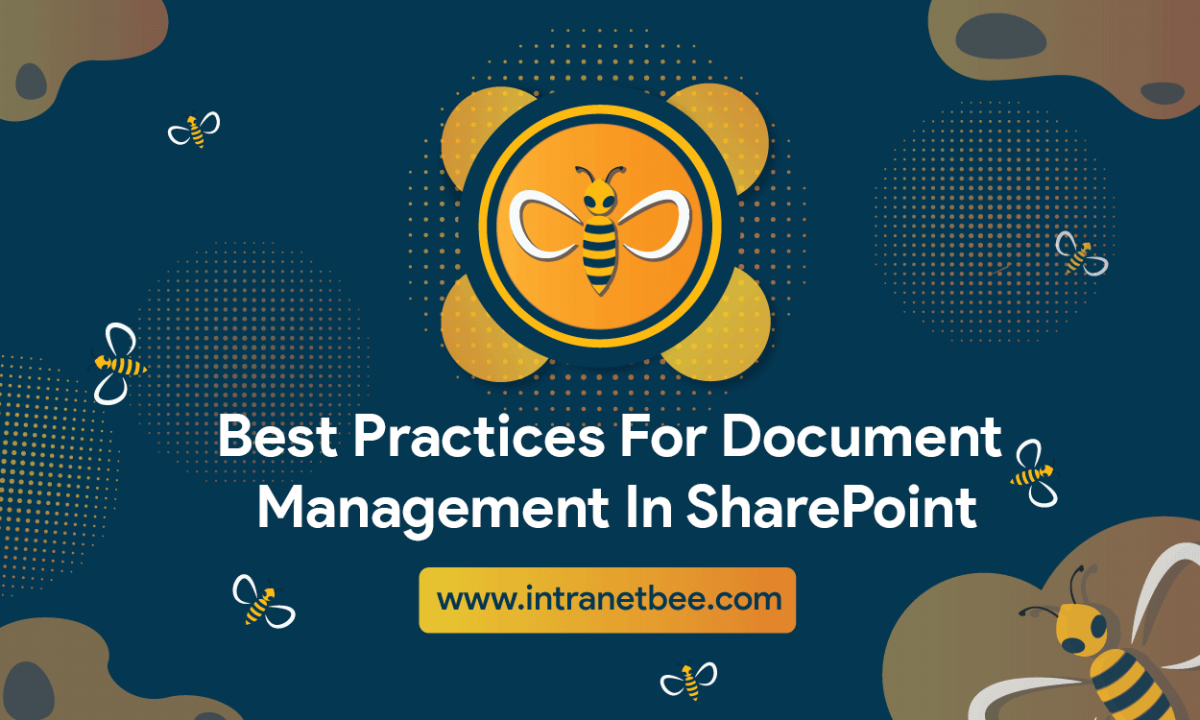Every SharePoint user has concerns about the SharePoint document management best practices. Probably it starts from organizing documents – a lot of options are there for organization and it basically depends on your particular business need.
However, these are the top few best practices that would be true for any scenario or SharePoint document library.
Everyone using this should have Administrative privileges to the site to take advantage of most of these items discussed below.
USE METADATA
Metadata is often called data about data or information about information.
Metadata is structured information that makes it easier to retrieve, use, or manage an information resource.
Rather than Recreating Network Drive Folders use Metadata Tags or Data Columns to Tag Documents.
USE COLUMN INDEXING
To improve performance of large lists and libraries column indexing is used, as it helps SharePoint to quickly analyze a column’s data.
USE CONTENT TYPES
Content Type functionality allows you to set dynamic properties or meta tags depending on the document you upload.
Sometimes you might want to tag various documents differently compared to the aspects or based on properties from a vendor.
USE AN ALERT FOR DOCUMENT LIBRARY
An alert will put your worries aside if you think someone will delete the file you uploaded to SharePoint.
If your files in the library have been deleted or changed by someone these alerts will notify you.
Alerts can be configured at libraries and documents. Anybody can set up an alert.
Even users without admin rights will be able to create alerts.
USE VERSION CONTROL
Versioning is one of the most important practices for document management.
Because versioning allows you to restore previous versions of the same document.
It has also a cool check-out feature that prevents from accidentally modifying the same document by two people at a time.
USE AS MANY VIEWS
You can do amazing things with views! Create different views and make use of filters, sort or group functions to display what you want.
Views can also help manage space on a page. If you have lots of lists and libraries on a page and display just a few columns to find out “particular” data then views are very helpful.
Users can also create public views to display other pieces of information.
USE UNIFORM NAMING CONVENTIONS
A consistent naming system can be adopted for documents stored in SharePoint. It is a good idea to shorten names for sites, libraries and list items.
You can still exceed the 250 to 400-character limit, if you have very long names for sites, libraries or list items. To save the long URL address space, you can use short forms (I.e. /sites/IMU/ for Infrastructure Management Unit).
Avoid special characters and spaces in library names. Avoid spaces, add 3 characters to the URL address (%20). So, it is better to keep library names without spaces as in ‘DocumentLibrary’. Use SharePoint views or filters to find files or documents.
Auto naming documents can also be done.
USE SOLID DOC SECURITY AND COMPLIANCE
Any Document management system relies on high-level protection of sensitive information.
SharePoint allows various access restrictions to documents.
There are policies that allow keeping documents in SharePoint for a long time. The document retention and deletion policy help to avoid overloaded document storage.
SharePoint allows recovering of unintentionally deleted documents. A new “Files Restore for SharePoint” feature allows restoring a library to any point in the past 1-month time interval.

